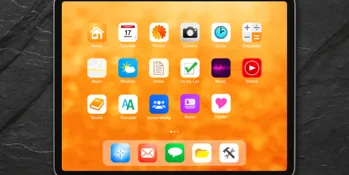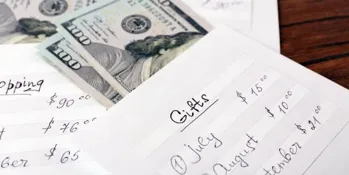- Quick Summary
- Temporary Assistance for Needy Families
- Emergency Rental Assistance
- Low Income Home Energy Assistance Program
- Supplemental Nutrition Assistance Program
- Lifeline Program
- Child Care and Development Fund
- House Down Payment Assistance
- Pell Grant and Federal Student Aid
- Supplemental Security Income
- Affordable Care Act and Government Benefits
- Conclusion
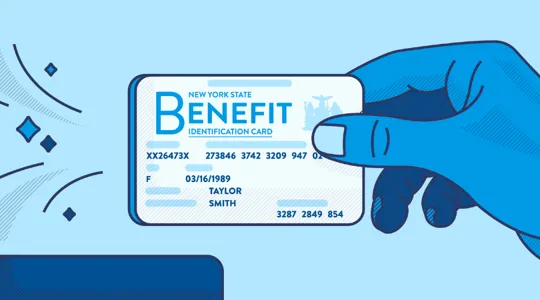
- Quick Summary
- Temporary Assistance for Needy Families
- Emergency Rental Assistance
- Low Income Home Energy Assistance Program
- Supplemental Nutrition Assistance Program
- Lifeline Program
- Child Care and Development Fund
- House Down Payment Assistance
- Pell Grant and Federal Student Aid
- Supplemental Security Income
- Affordable Care Act and Government Benefits
- Conclusion
When you’re down and out, you need money. Even if you don’t have anyone to turn to, there might still be hope. The government has programs that provide monetary assistance through various federal agencies. These programs offer financial assistance for personal expenses such as covering living costs, paying for college, child care, and rent. Here are ten ways to get free government money.
1. Temporary Assistance for Needy Families
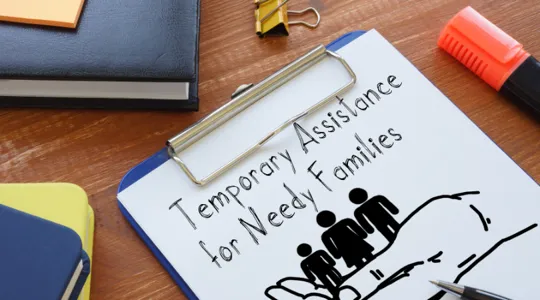
Temporary Assistance for Needy Families (TANF) is a public assistance program that’s run by the states with federal funds, making it one of the key federal programs aimed at providing financial support. Low income families benefit significantly from TANF, receiving essential aid to help meet their basic needs. Although TANF, also known as welfare, has a negative connotation, this cash assistance has been a lifesaver for many individuals and children.
2. Emergency Rental Assistance
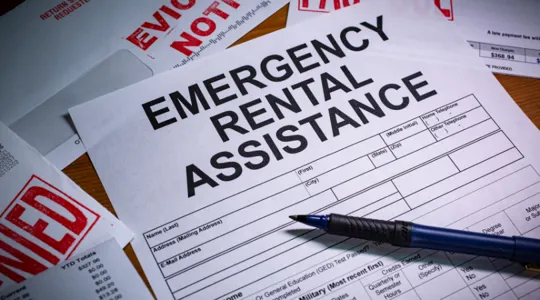
The U.S. Department of Treasury’s Emergency Rental Assistance (ERA) provides financial aid to pay rent or utilities if you’re in danger of eviction. Additionally, you can explore government benefits related to rental assistance through various state and federal programs. In some cases, you can receive enough money for multiple months. The ERA started during the pandemic and may not be available in some states.
3. Low Income Home Energy Assistance Program
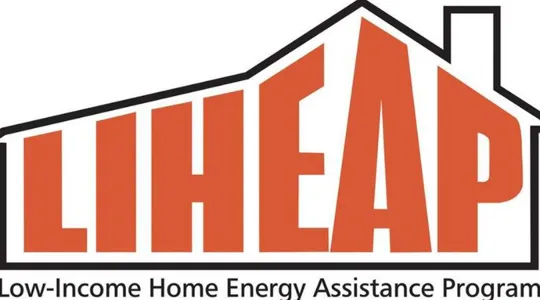
The Low Income Home Energy Assistance (LIHEAP) program helps those having problems paying for their heating or cooling. It doesn’t matter whether you rent or own your home. Each state decides whether a household is eligible for this cash grant. However, low-income households, especially those enrolled in assistance programs like SNAP, have a chance of being automatically eligible to receive benefits.
4. Supplemental Nutrition Assistance Program
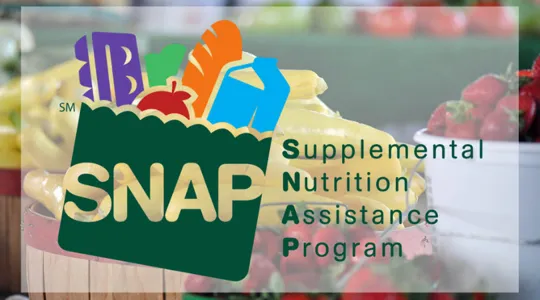
The Supplemental Nutrition Assistance Program (SNAP) was formerly food stamps. You use an electronic benefits transfer card, like a debit card, to buy certain foods for your household. To be eligible for SNAP, you must meet net and gross income limits based on your family’s size. SNAP helps cover such expenses, ensuring that families can afford essential food items.
5. Lifeline Program
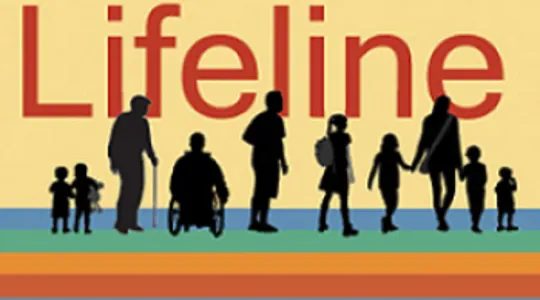
The Lifeline program, a federal program, offers discounted phone service, which is considered important for safety. It also offers discounted internet service. Certain eligibility requirements must be met to qualify.
6. Child Care and Development Fund
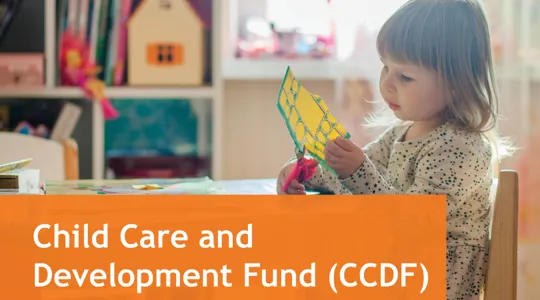
The federal government funds the Child Care and Development Fund through federal grants, but the states, territories, and tribes distribute the money. These dollars are given to low income families to help pay for child care. These grants are income-based and are for families with children under 13.
7. House Down Payment Assistance
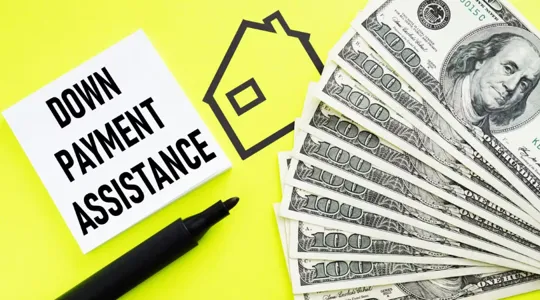
Some states provide down payment assistance through government loans to cover the costs of purchasing a new home. For example, in Nevada, those who qualify may receive $15,000 in downpayment assistance. It’s forgivable if the recipient stays in the house for three years. A family of four can earn up to $90,000 to qualify.
8. Pell Grant and Federal Student Aid
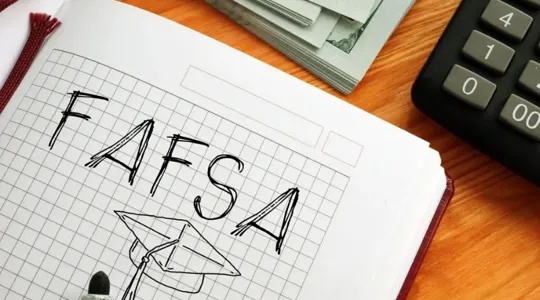
Federal student aid, including the Pell Grant, is used to pay for college. The Teacher Education Assistance for College and Higher Education Grant is another federal grant available to students pursuing teacher education. The amount received depends on several factors, including financial need. But cost of attendance and enrollment status are also used to determine the amount given.
9. Supplemental Security Income
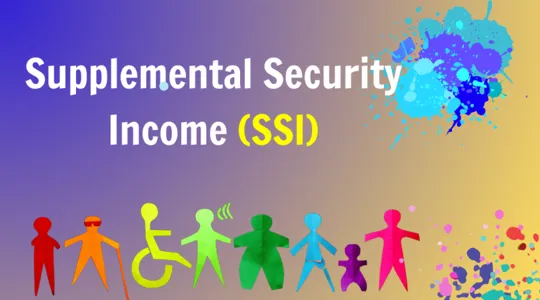
Supplemental Security Income (SSI) is a program administered by the Social Security Administration that provides financial assistance to disabled adults and children with low incomes and few resources. The amount of money given changes yearly according to inflation.
10. Affordable Care Act and Government Benefits
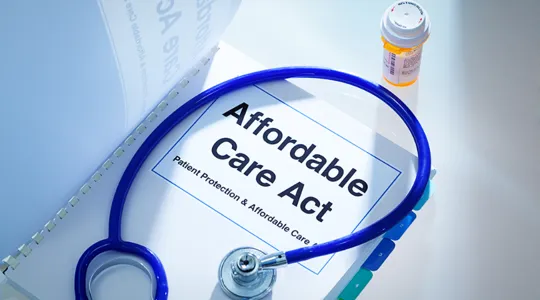
The Affordable Care Act is a federal program that provides a tax credit for health insurance to people who buy their medical coverage through the government’s health insurance marketplace. The credit goes directly to the health insurance provider, lowering the monthly premium.
If your income is low and you’re having problems making ends meet, look into some of these programs offering free money through government assistance. Another source of help is unclaimed money, which includes funds like life insurance benefits and uncashed paychecks that are owed to individuals. Many of these programs are funded by the federal government, but administered through states.


